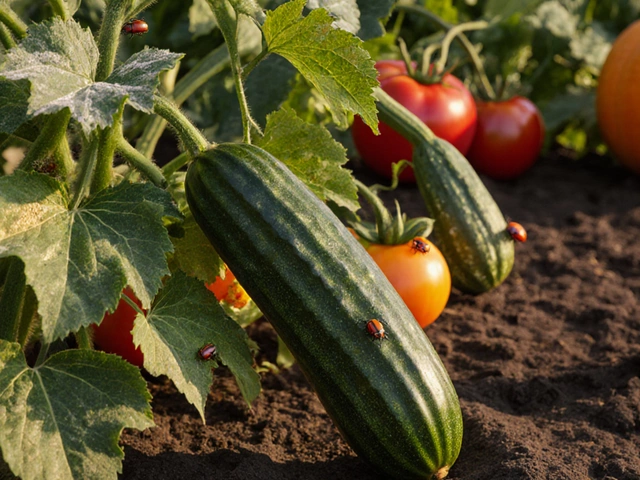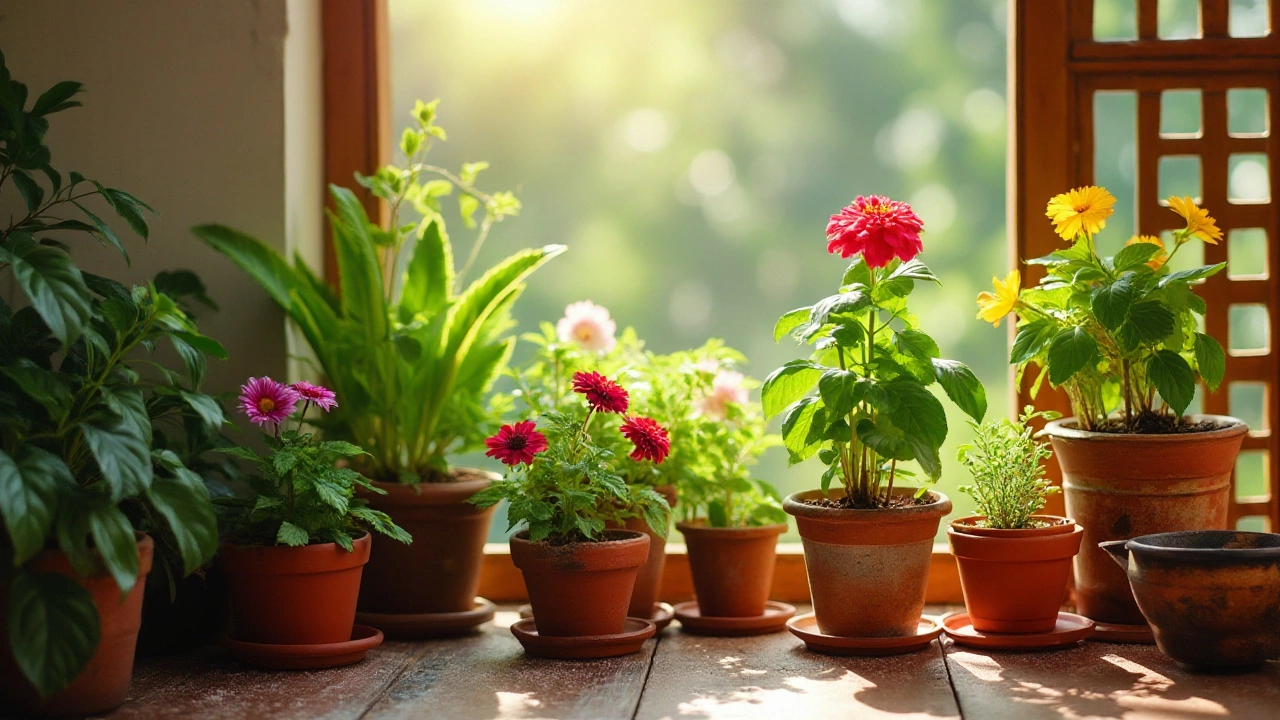Epsom Salt Benefits: Simple Ways to Strengthen Your Garden
If you’re looking for a cheap, easy fix to help your garden thrive, Epsom salt might be the answer. It’s just magnesium sulfate – a mineral combo that plants love. Adding it to soil or water can make your vegetables, flowers, and herbs grow faster and look healthier.
Why Magnesium Matters
Plants need magnesium to make chlorophyll, the green stuff that captures sunlight. Without enough magnesium, leaves turn yellow and growth slows. In many Indian soils, especially sandy or heavily cultivated ones, magnesium can run low. A pinch of Epsom salt supplies the missing nutrient without changing pH much.
Easy Ways to Use Epsom Salt
1. Soil amendment: Mix one tablespoon of Epsom salt into a gallon of water and pour it around the base of each plant every month. This helps tomatoes, peppers, and roses develop stronger stems.
2. Seed starter: Add a half‑teaspoon to the water you use for soaking seeds. It gives seedlings a quick magnesium boost, leading to greener, sturdier seedlings.
3. Foliar spray: Dissolve two tablespoons in a liter of water, spray on leaves in the early morning or late afternoon. The spray bypasses soil and lets leaves absorb magnesium directly, which is great for plants showing yellowing between veins.
4. Garden pest control: Some gardeners report fewer aphids and spider mites after a regular Epsom salt spray. The mineral seems to make the plant less appealing to these pests.
5. Houseplant helper: For indoor plants, use a teaspoon per liter of water once a month. It can improve leaf color on pothos, spider plants, and snake plants.
When you use Epsom salt, keep a few things in mind. First, don’t overdo it – too much can cause salt buildup in the soil. Second, it’s not a complete fertilizer; you still need nitrogen, phosphorus, and potassium. Think of it as a magnesium booster, not a full‑service feed.
For Indian gardeners, timing matters. Apply Epsom salt during the active growing season – roughly March to September for most regions. In colder months, the plant’s metabolism slows, so the benefit drops.
If you’re unsure about soil health, a simple home test can help. Take a handful of soil, add a splash of water, and sprinkle a pinch of Epsom salt. If the mix clumps and feels gritty, your soil may already have enough magnesium, and you can skip the extra dose.
Overall, Epsom salt is a low‑cost, low‑effort tool that can make a noticeable difference in garden vigor. Try it on a few plants first, watch the results, and then expand the practice to the rest of your garden. Happy gardening!
Using Epsom Salt for Indoor Plant Care: Benefits and Tips
Epsom salt, commonly used in gardening, can also benefit indoor plants by providing essential nutrients like magnesium and sulfur. These elements aid in enhancing plant growth, improving flower blooming, and intensifying leaf color. However, while Epsom salt can be beneficial, it's crucial to use it correctly to avoid potential harm to your plants. This article explores the advantages and proper usage of Epsom salt for indoor greenery, offering tips to integrate it effectively into your plant care routine.
About
Indoor Plant Care
Latest Posts


Best Balcony Orientation for Sunlight in Your Garden Setup
By Alden Thorne Feb 3, 2025

Best Garden Tools: What's a Good Gift for a Gardener?
By Alden Thorne Apr 28, 2025

What Not to Put in Compost: Essential Guide for Safe and Healthy Homemade Composting
By Alden Thorne Jun 23, 2025

